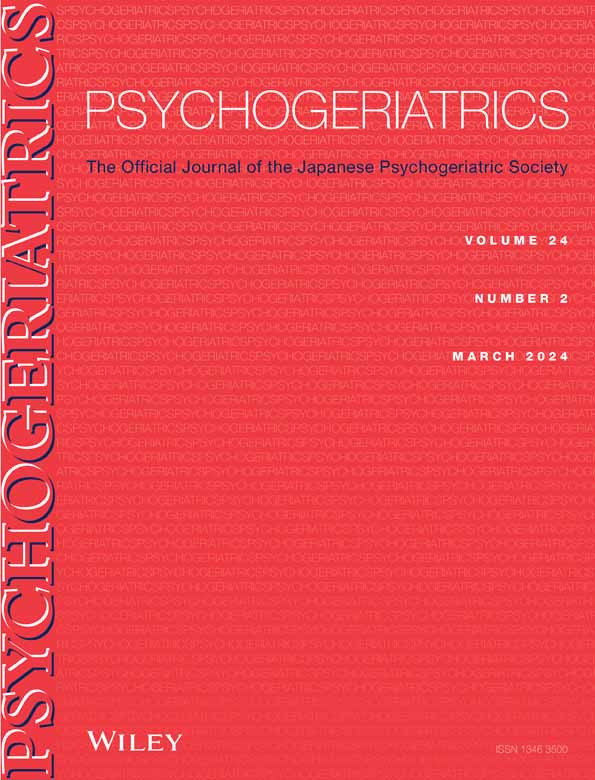Neuropsychiatric symptoms and ApoE genotype in older adults without dementia: a cross-sectional study
Abstract
Background
The ApoE genotype and neuropsychiatric symptoms (NPS) are known risk factors for cognitive decline in older adults. However, the interaction between these variables is still unclear. The aim of this study was to determine the association between the presence of the ApoE ε4 allele and the occurrence of NPS in older adults without dementia.
Methods
In this cross-sectional investigation we determined the apolipoprotein E (ApoE) genotype of 74 older adults who were either cognitively normal (20.3% / Clinician Dementia Rating Scale (CDR): 0) or had mild cognitive impairment (MCI: 79.7% / CDR: 0.5). We used a comprehensive cognitive assessment protocol, and NPS were estimated by the Neuropsychiatric Inventory-Clinician Rating Scale (NPI-C), Mild Behavioural Impairment-Checklist (MBI-C), Hamilton Rating Scale for Depression (HAM-D), and Apathy Inventory.
Results
ApoE ε4 carriers had higher MBI-C total scores than ApoE ε4 noncarriers. Correlations between NPS and ApoE genotype were observed for two NPI-C domains, although in opposite directions: the ApoE ε4 allele was associated with a 1.8 unit decrease in the estimated aberrant motor disturbance score and with a 1.3 unit increase in the estimated appetite/eating disorders score. All fitted models were significant, except for the one fitted for the domain delusions from the NPI-C. Among individuals with amnestic MCI, ε4 carriers presented higher depression score (HAM-D) than noncarriers; in turn, ε4 noncarriers exhibited higher aggression score (NPI-C) than ε4 carriers.
Conclusions
Our analyses showed associations between NPS and the presence of the ApoE ε4 allele in two NPI-C domains, despite the sample size. Furthermore, compared to noncarriers, the presence of the ApoE ε4 correlated positively with appetite/eating disorders and negatively with aberrant motor disturbance domain. Examination of the amnestic MCI group displayed significant, although weak, associations. Therefore, ε4 carriers exhibited higher depression scores according to the HAM-D scale compared to ε4 noncarriers. Conversely, ε4 noncarriers had higher scores in the aggression domain of the NPI-C than ε4 carriers.
Open Research
DATA AVAILABILITY STATEMENT
The data that support the findings of this study are available on request from the corresponding author. The data are not publicly available due to privacy or ethical restrictions.




